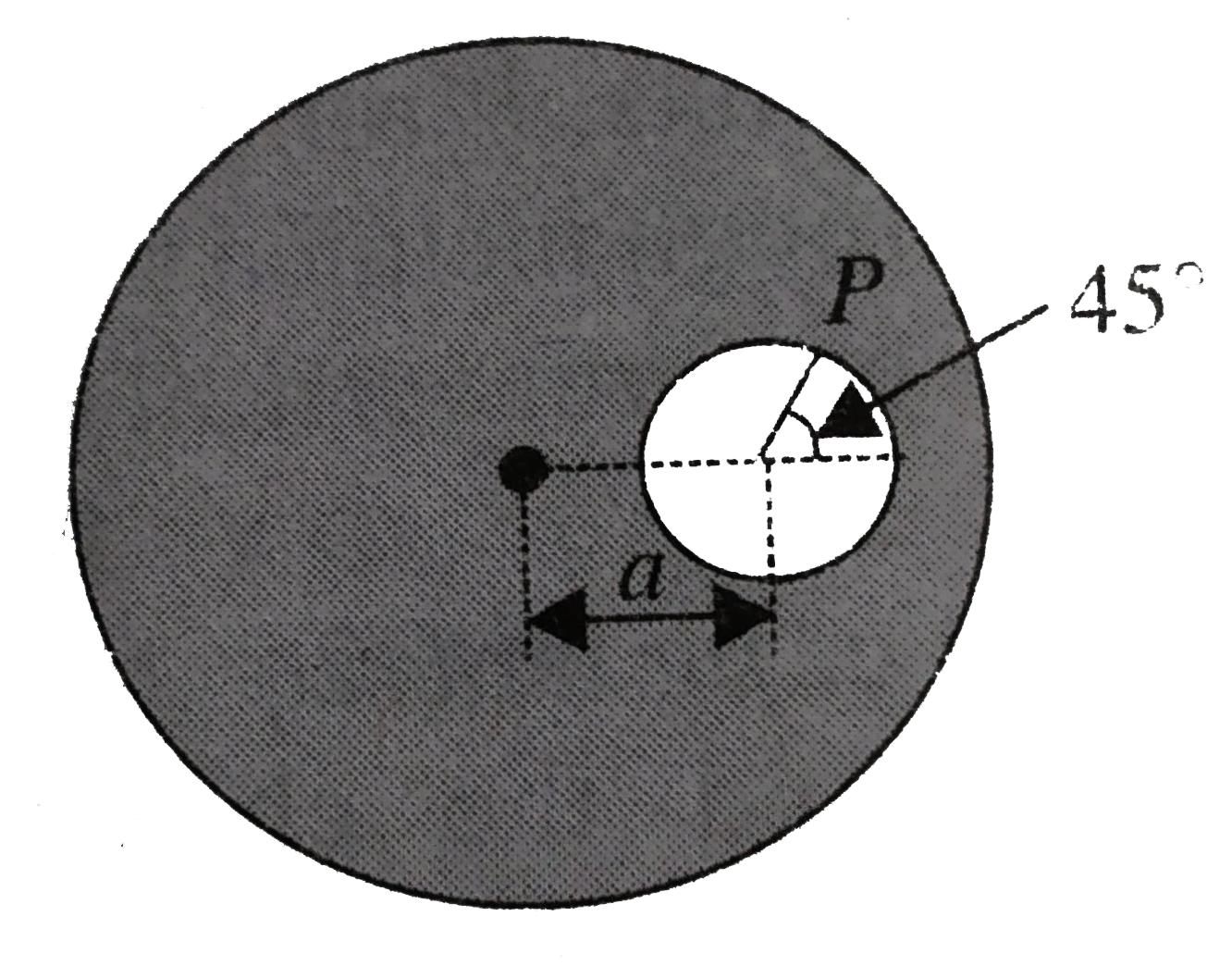Nasal chambers and buccal cavity are separated by -
Uvula
Palate
Palatine
None of these
The correct Answer is:2
To solve the question "Nasal chambers and buccal cavity are separated by," we can follow these steps:
1. Understanding the Structures:
- The nasal chambers (or nasal cavities) are the air-filled spaces behind the nose.
- The buccal cavity (or oral cavity) is the space inside the mouth.
2. Identifying the Separation:
- The question asks what separates these two cavities. We need to identify the anatomical structure that serves this purpose.
3. Evaluating the Options:
- Uvula: This is a small, teardrop-shaped structure that hangs at the back of the throat. Its primary function is to prevent food from entering the nasal cavity during swallowing, but it does not separate the nasal chambers from the buccal cavity.
- Palate: This is the structure that forms the roof of the mouth and separates the nasal cavity from the oral cavity. It consists of two parts: the hard palate (anterior) and the soft palate (posterior).
- Palatine: This term typically refers to the palatine bones or structures associated with the palate, but it does not directly answer the question about separation.
- None of these: This option suggests that none of the provided answers are correct.
4. Conclusion:
- The correct answer is the palate, as it is the anatomical structure that separates the nasal chambers from the buccal cavity.
Final Answer:
The nasal chambers and buccal cavity are separated by the palate.
---
- The nasal chambers (or nasal cavities) are the air-filled spaces behind the nose.
- The buccal cavity (or oral cavity) is the space inside the mouth.
- The question asks what separates these two cavities. We need to identify the anatomical structure that serves this purpose.
- Uvula: This is a small, teardrop-shaped structure that hangs at the back of the throat. Its primary function is to prevent food from entering the nasal cavity during swallowing, but it does not separate the nasal chambers from the buccal cavity.
- Palate: This is the structure that forms the roof of the mouth and separates the nasal cavity from the oral cavity. It consists of two parts: the hard palate (anterior) and the soft palate (posterior).
- Palatine: This term typically refers to the palatine bones or structures associated with the palate, but it does not directly answer the question about separation.
- None of these: This option suggests that none of the provided answers are correct.
- The correct answer is the palate, as it is the anatomical structure that separates the nasal chambers from the buccal cavity.
The nasal chambers and buccal cavity are separated by the palate.
Topper's Solved these Questions
- HUMAN PHYSIOLOGY -IBOOK - ALLENCHAPTER - HUMAN PHYSIOLOGY -IEXERCISE - Beginners BOX-2
21 Videos
- HUMAN PHYSIOLOGY -IBOOK - ALLENCHAPTER - HUMAN PHYSIOLOGY -IEXERCISE - Beginners BOX -3
10 Videos
- HUMAN HEALTH AND DISEASEBOOK - ALLENCHAPTER - HUMAN HEALTH AND DISEASEEXERCISE - Question
116 Videos
- HUMAN REPRODUCTION BOOK - ALLENCHAPTER - HUMAN REPRODUCTION EXERCISE - Question
92 Videos
Similar Questions
Nasal cavity and oral cavity are separated by
View SolutionAqueous chamber and vitreous chamber are separated by
View SolutionA cavity of radius r is made inside a solid sphere. The volume charge density of the remaining sphere is ρ. An electron (charge e, mass m) is released inside the cavity from point P as shown in figure. The centre of sphere and center of cavity are separated by a distance a. The time after which the electron again touches the sphere is

View SolutionTaste buds in buccal cavity of Frog are located over
View SolutionWhich of the following is a single U shaped bone present at the base of a buccal cavity and is intended in the skull ?
View SolutionLungs lie in the thoracic cavity separated by .................. from the abdominal cavity.
View SolutionChambers I and II are separated by a semipermeable membranes. Study the given figure and choose the right option

View SolutionAn ideal gas is kept in two adjacent chambers of volume V and 2V, separated by a thin partition, under initial conditions as shown in figure. The chamber is adiabatic i.e., no heat flows in or out. Now the partition is removed and the gas is allowed to stabilize. If Pf and Tf are the values of final pressure and temperature, then :

View SolutionGlenoid cavity is
View SolutionWhat is the function of buccal cavity
View Solution
